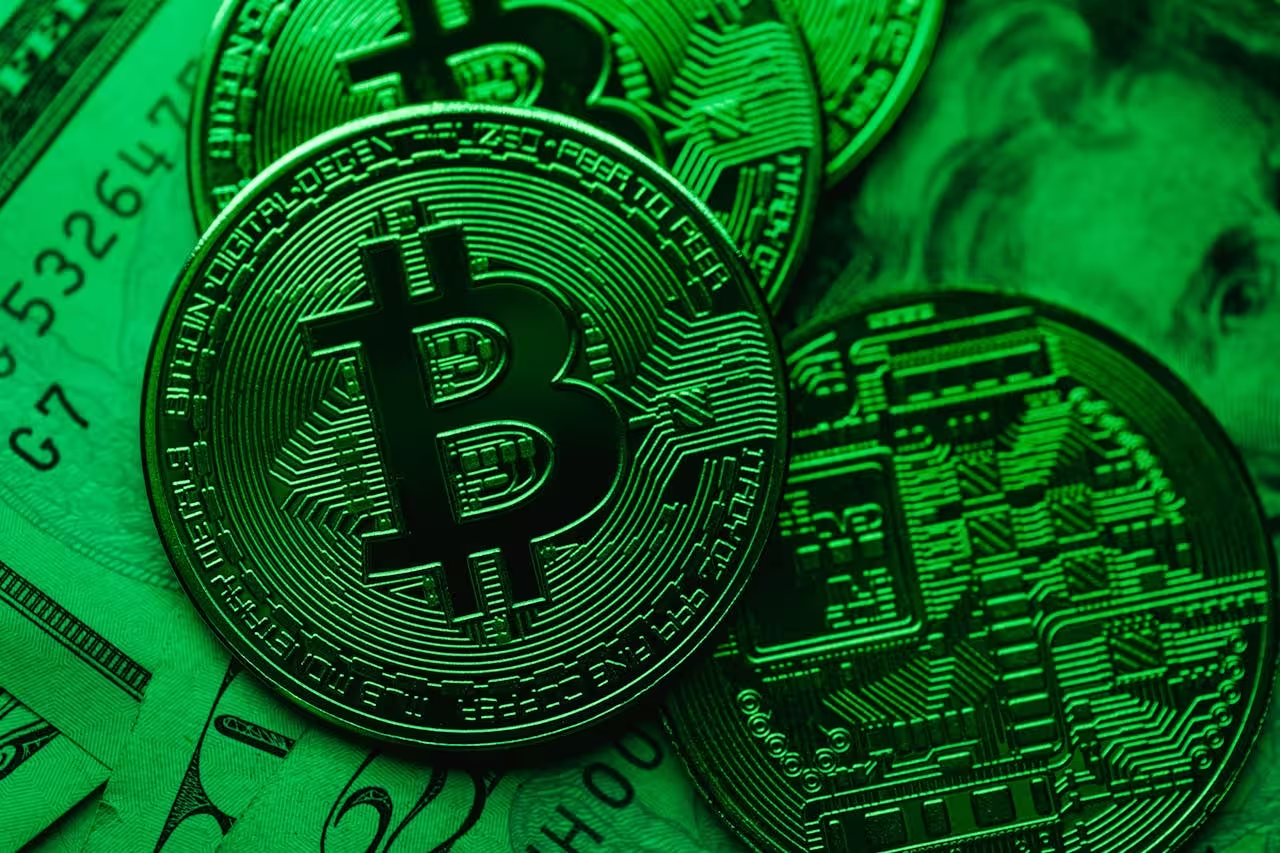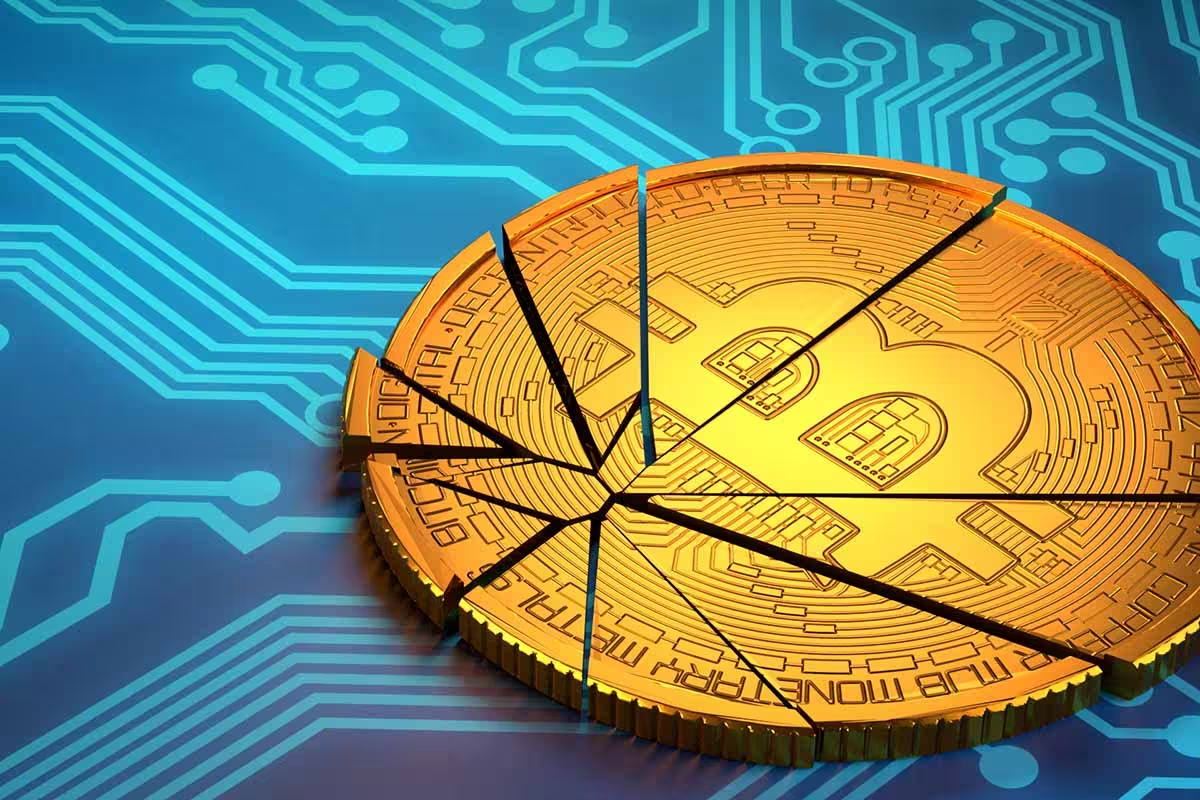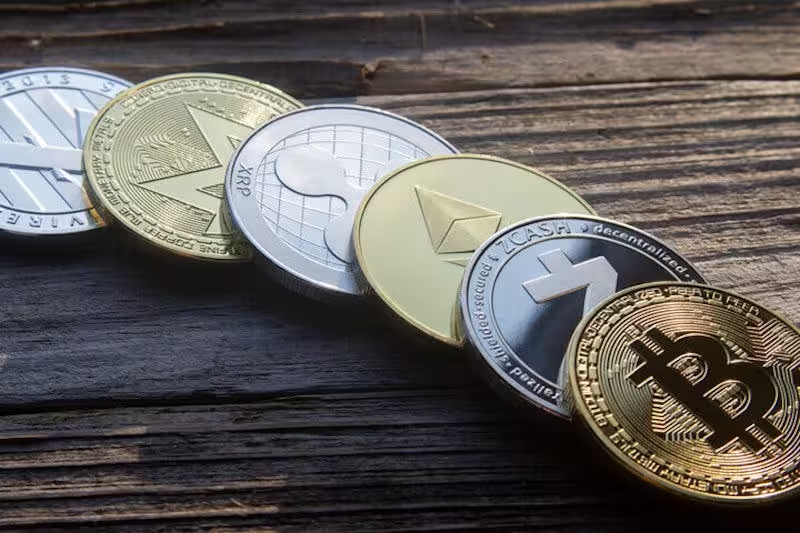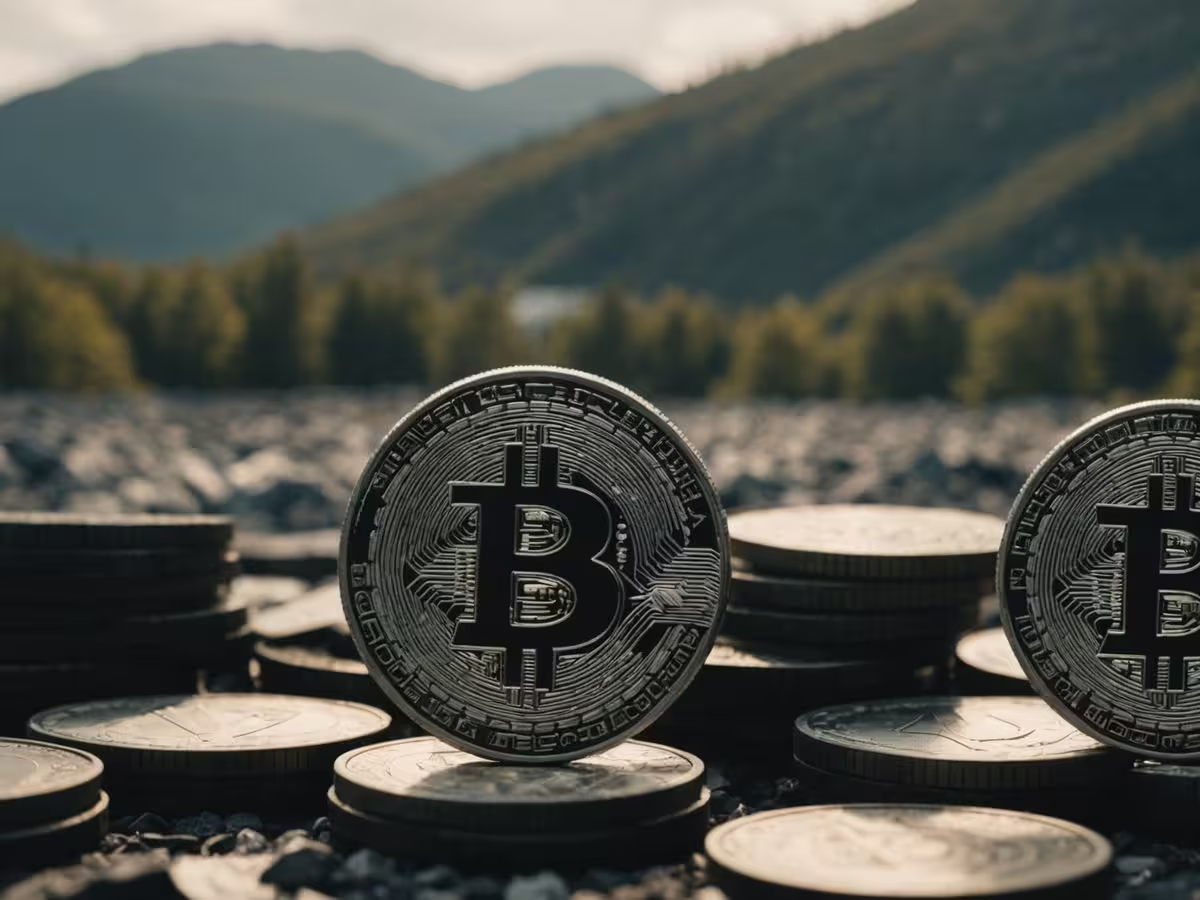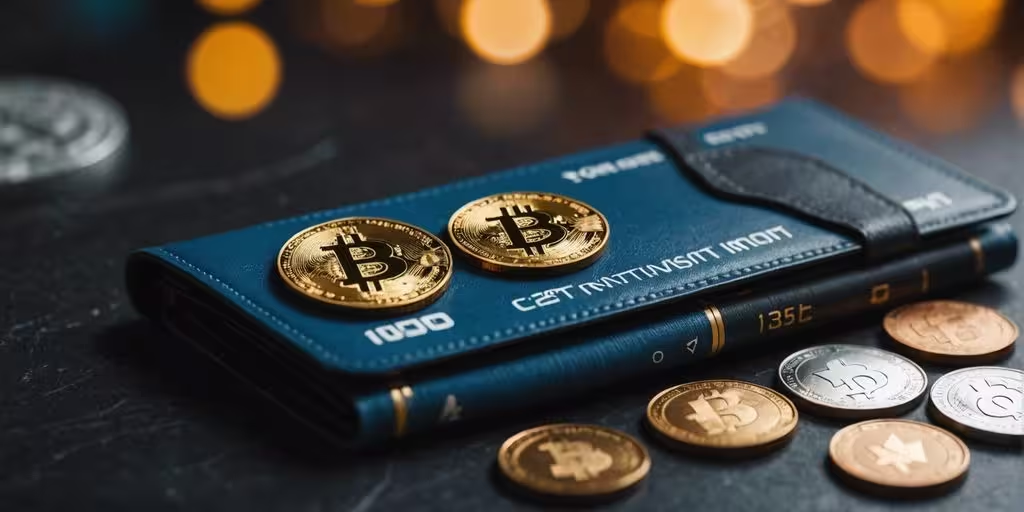Navigating the Crypto Waves: Key Trends and Insights for July 2024
The cryptocurrency landscape is as dynamic as ever, with significant developments shaping the market. Here’s a comprehensive look at the latest trends and insights for July 2024, offering an in-depth analysis to help you stay informed and make strategic decisions in this fast-evolving sector. Bitcoin’s Potential Downturn Bitcoin, the flagship cryptocurrency, is currently trading around … Read more
